
AeroGenie — Your Intelligent Copilot.
Trending
Categories
Narrow-Body Aircraft: An Overview

Narrow-Body Aircraft: An Overview
For more than fifty years, CFM International—a joint venture equally owned by GE Aerospace and Safran Aircraft Engines—has been a pivotal force in the evolution of commercial aviation. As the world’s foremost supplier of aircraft engines, CFM has established industry standards in efficiency, reliability, durability, and cost of ownership through its acclaimed CFM56 and the more recent CFM LEAP engine families.
The Role and Challenges of Narrow-Body Aircraft
Narrow-body aircraft, typically powered by engines such as those developed by CFM, have become essential to short- and medium-haul air travel. Their widespread adoption is largely due to their operational flexibility and cost-effectiveness, making them the preferred choice for airlines globally. Despite their popularity, the narrow-body market is confronting several significant challenges. Market saturation has intensified competition, particularly from low-cost carriers like AirAsia, which continue to expand aggressively and reshape route networks.
The volatility of fuel prices adds another layer of complexity, directly affecting operating costs and profit margins for airlines. In response, carriers are reassessing their fleet strategies, focusing on cost optimization and route efficiency by investing in more fuel-efficient aircraft or adjusting capacity to better align with demand. These strategic adjustments are vital for maintaining competitiveness in an increasingly dynamic market.
Industry Adaptation and Innovation
Competitors are responding to these pressures by expanding their narrow-body fleets or enhancing existing routes to capture a larger share of the market. This competitive environment highlights the critical need for ongoing innovation in engine technology and aircraft design. Manufacturers and airlines alike are striving to balance efficiency, reliability, and cost amid persistent industry challenges.
As the narrow-body segment continues to develop, advanced engine families such as the CFM56 and LEAP remain central to supporting airlines in navigating the evolving opportunities and obstacles within the global aviation landscape.
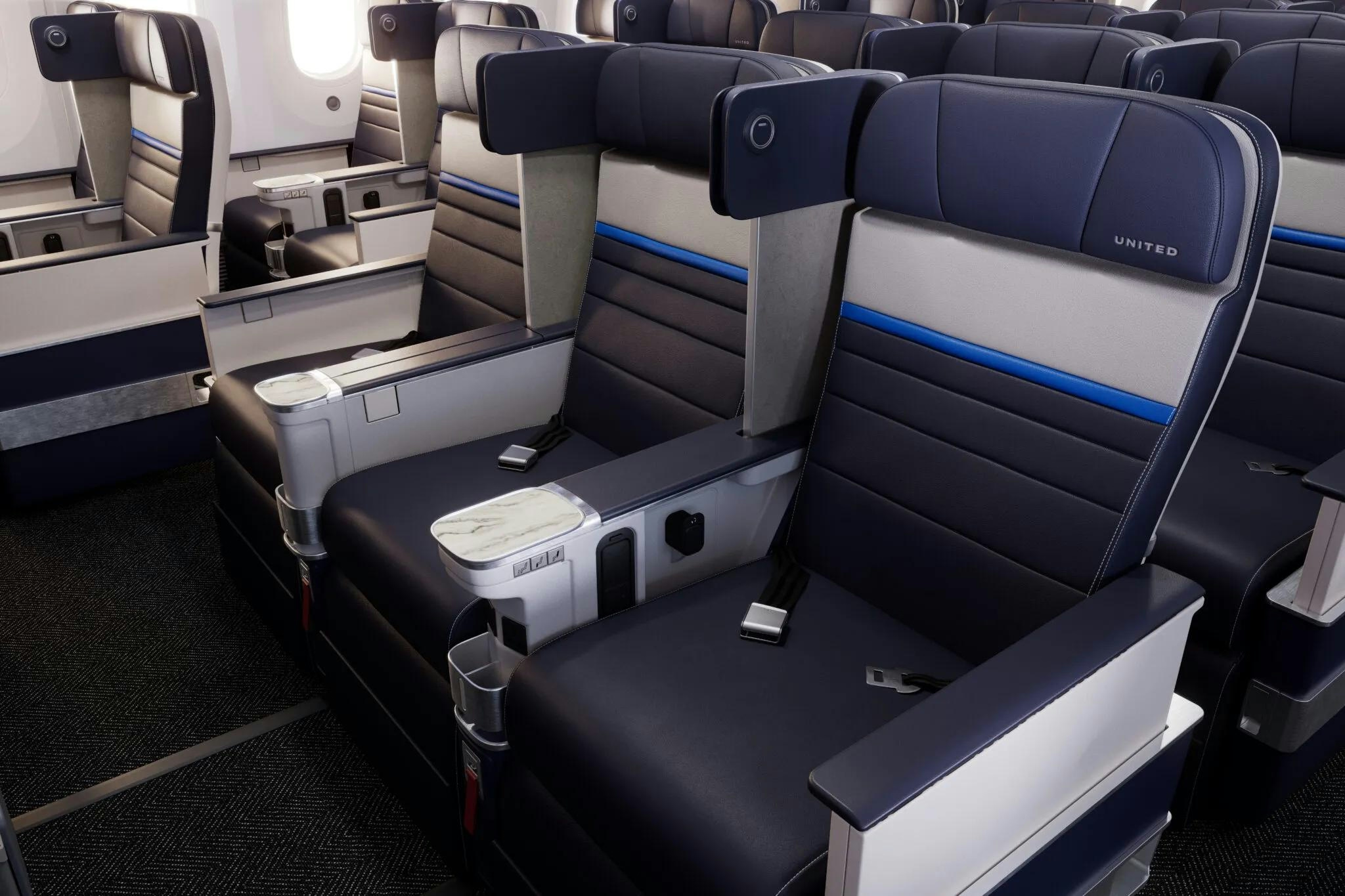
United Airlines Announces Routes for New Premium Boeing 787s
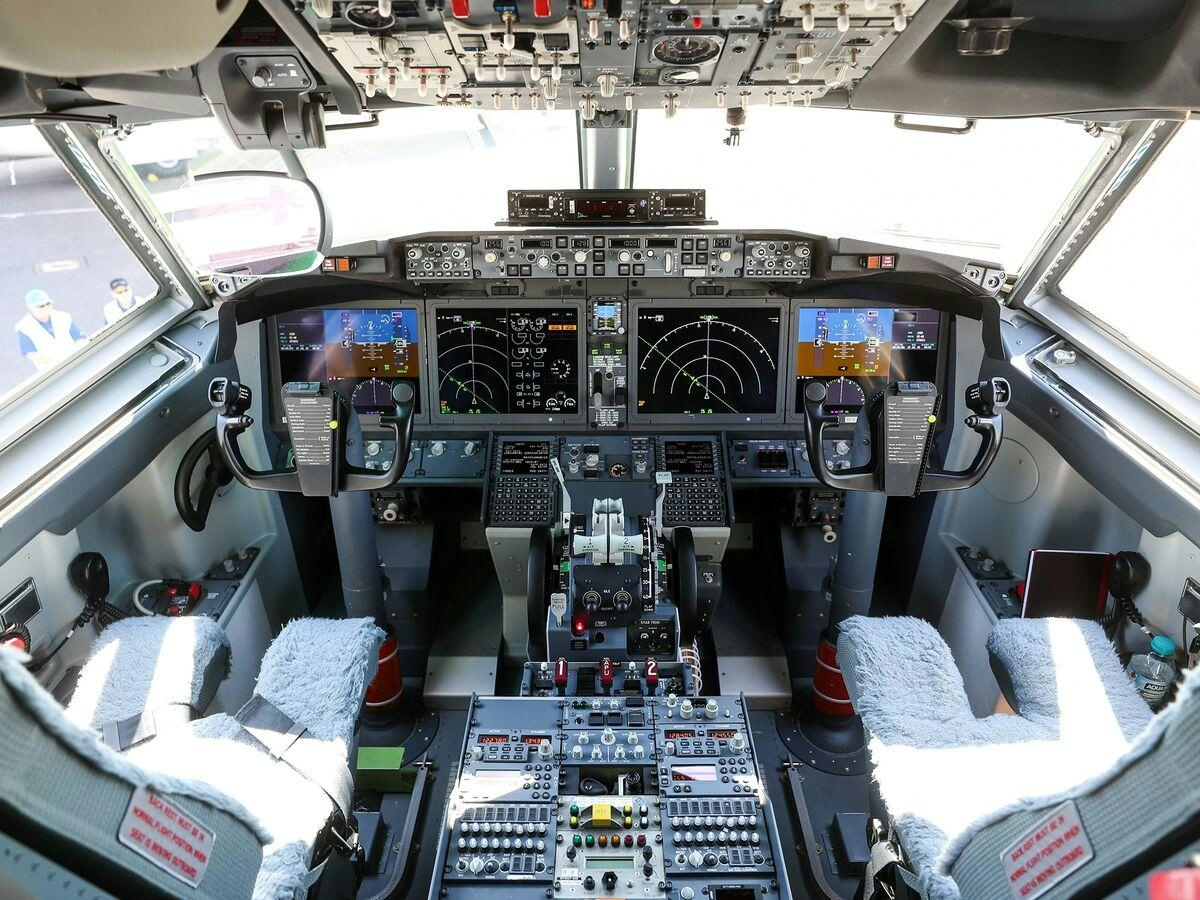
Boeing Introduces Remote Co-Pilot Technology
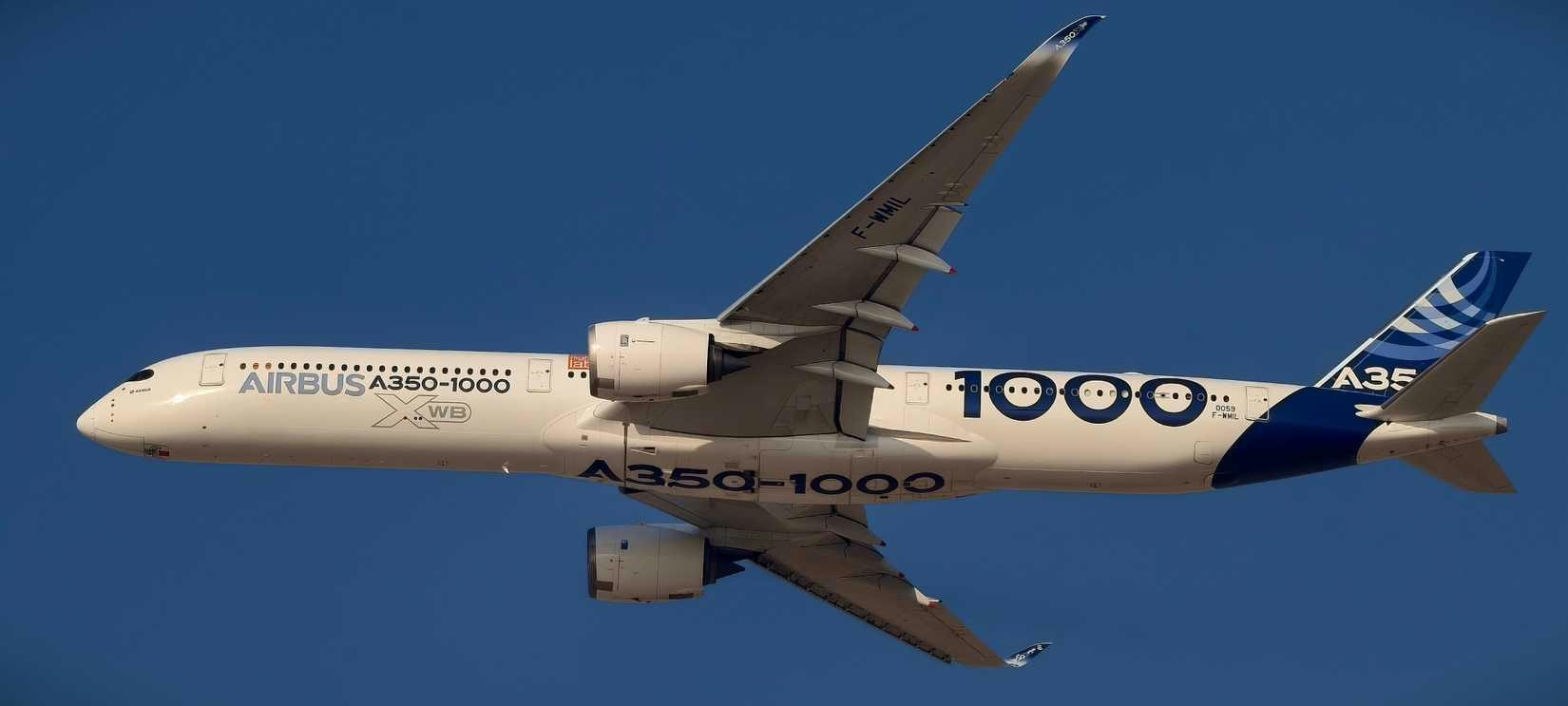
The Airbus A350-1000’s Fuel Efficiency Advantage Explained

McNally Capital Expands Aviation Operations to Support Global Tourism

Two Young Climbers Begin Winter Ascent of McKinley

Elroy Air’s Autonomous Chaparral Delivers Lunch on A-to-B Flight
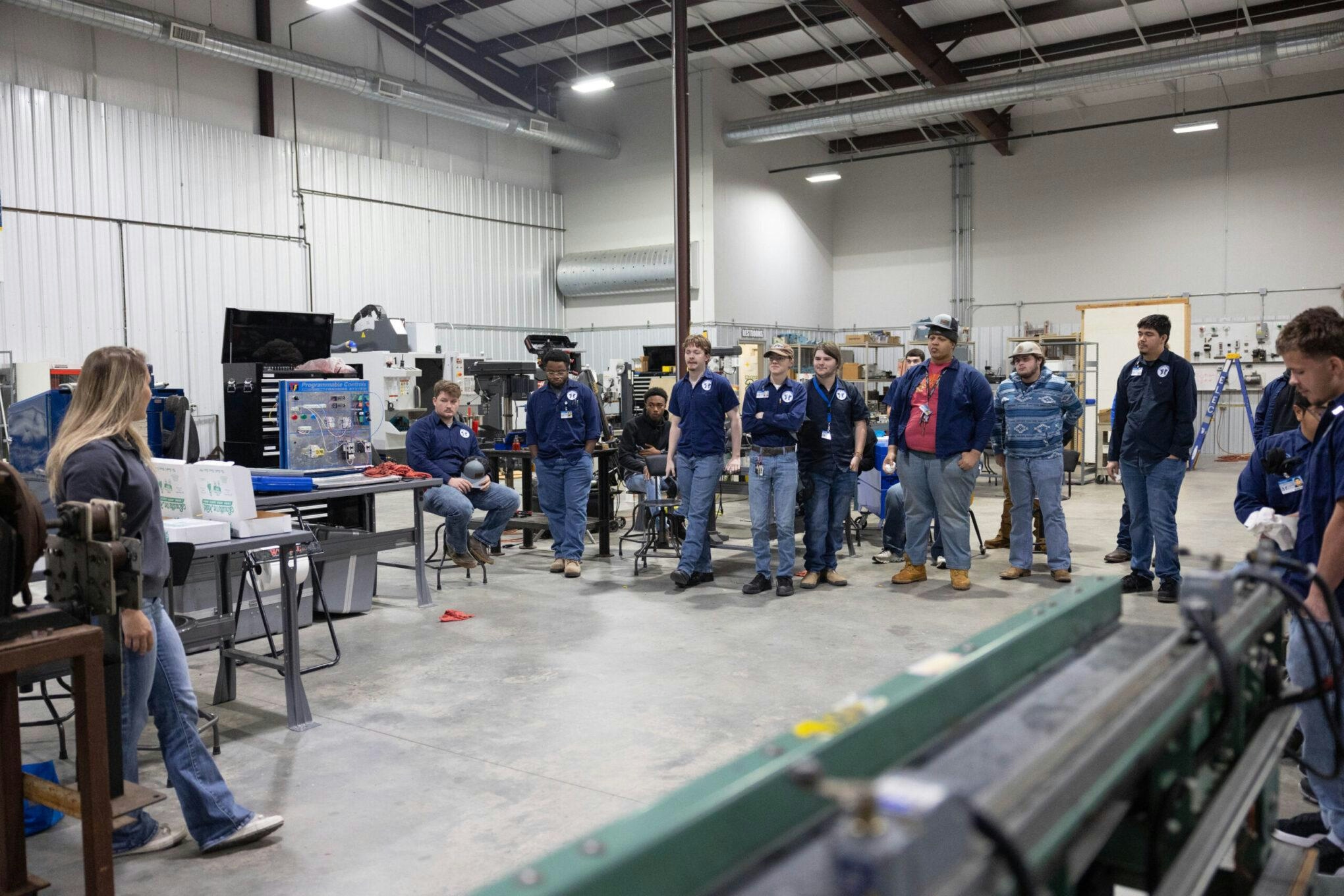
Texarkana College Holds First Graduation for Aviation Maintenance Technician Program
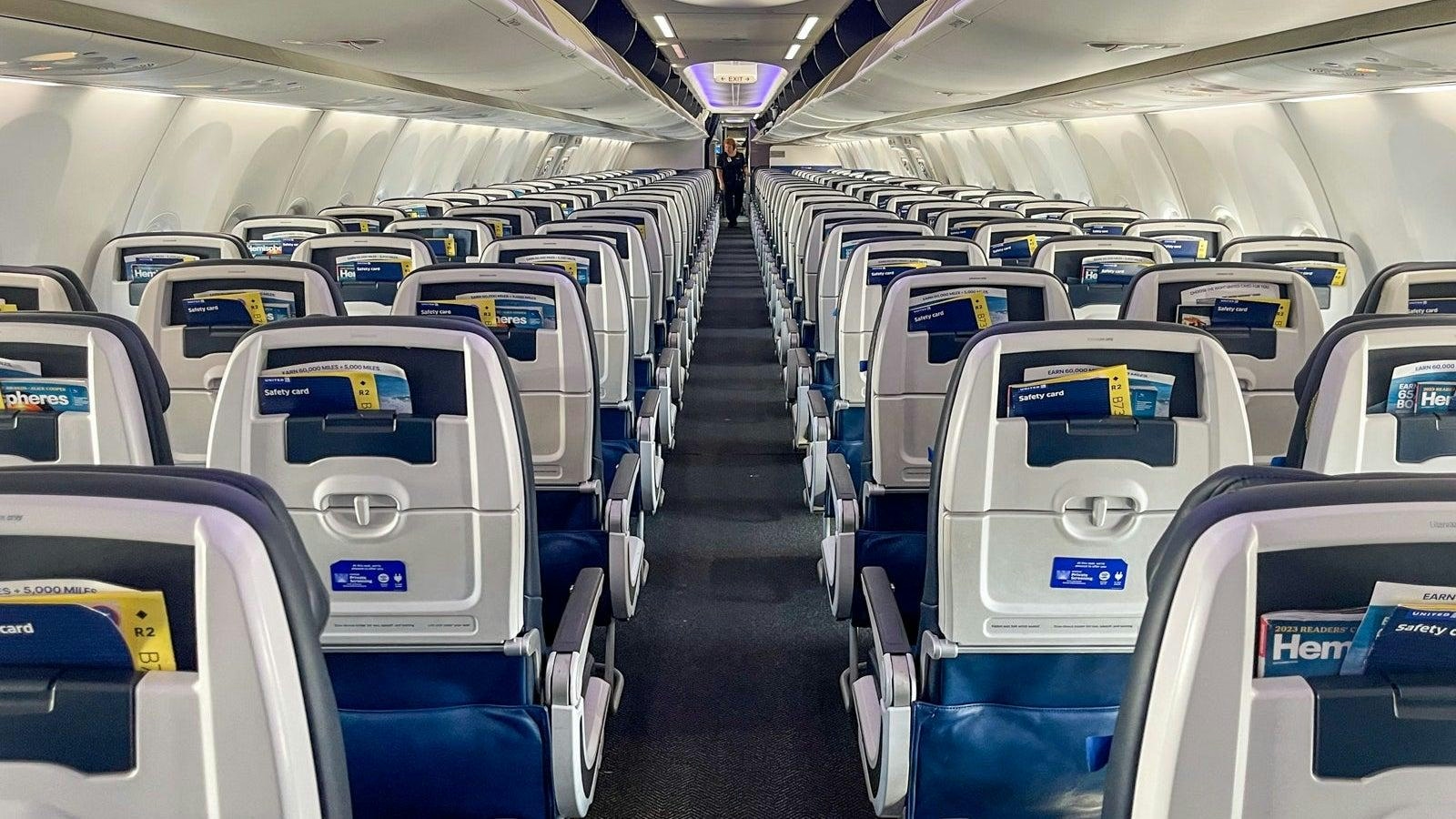
United’s 737 MAX 10s Have Flown Over 300 Hours Without Passengers

Airlines Adapt to Trade Disruptions and Supply Chain Challenges
